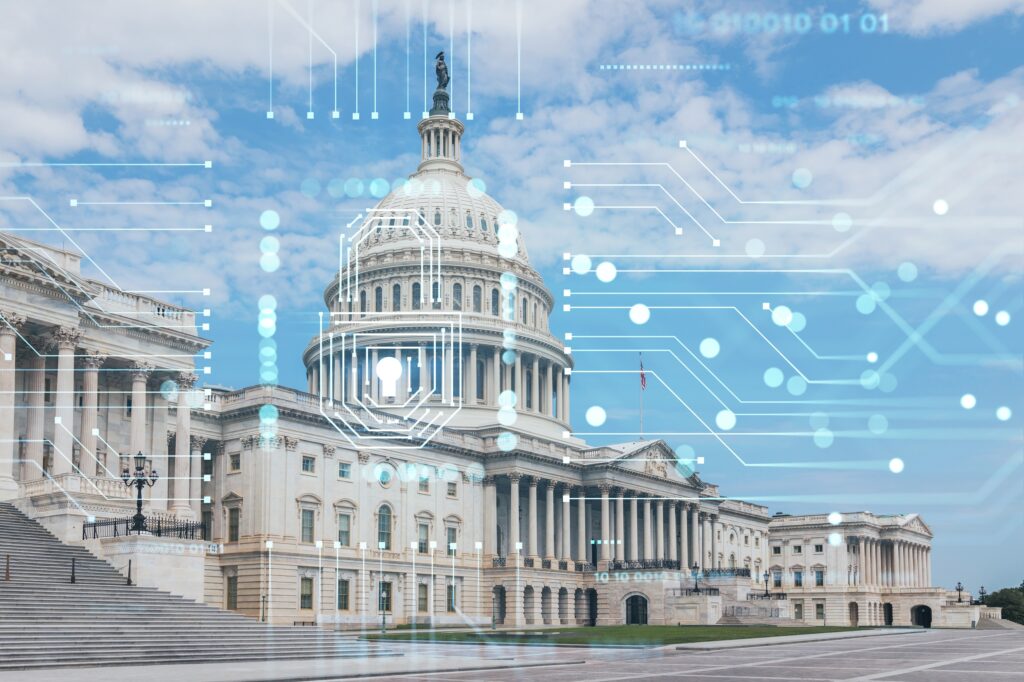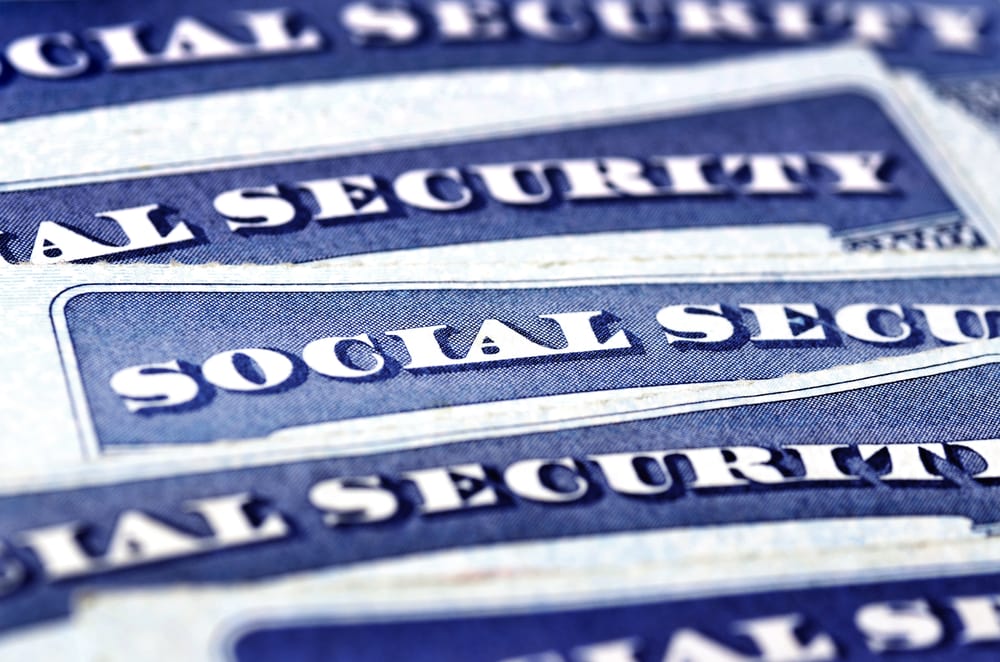Federal Reserve will be judged by future on these years of low rates
What would the rate be if it were set in private markets instead of by a government committee? No one knows, but presumably it would be higher.
The Fed’s latest move still leaves interest rates at remarkably low levels. In the 1980s and 1990s, most people would have considered it impossible for the fed funds rate to be under 2 percent. Now we have the Fed’s current target range of 1.5 to 1.75 percent—to make it easy, let’s just call it 1.75 percent. Not only is this rate low, but in real inflation-adjusted terms, it is negative. In February, the Consumer Price Index went up 2.2 percent year-over-year, so the new fed funds target in real terms is 1.75 percent minus 2.2 percent = negative 0.45 percent.
It looks like it will take one more increase, at least, to get the real fed funds rate up to around zero and numerous increases after that to approach a normal level. Needless to say, normal real interest rates are positive, not negative.
What might a normal level be? We can make a fair guess by looking at long-term averages. Graph 1 shows nominal fed funds rates and inflation rates from mid-1954 to year-end 2017.
Over this long term, the fed funds rate averaged 4.86 percent. The annual rate of inflation averaged 3.56 percent. So the long-term average real fed funds rate was 1.3 percent.
If inflation going forward runs at the Fed’s target inflation rate of 2 percent, it would suggest a normalized fed funds rate of 3.3 percent. To get there would take six more quarter-point increases. On similar logic, the normalized yield on the 10-year Treasury note would be 4.5 percent, instead of the current 2.8 percent, and the rate on a 30-year mortgage loan would be 6.2 percent, up from the current 4.4 percent level. Of course, if inflation turns out to move higher than 2 percent, the normalized fed funds rate, and also the other rates, will be correspondingly higher.
Graph 2 shows the real fed funds rates over the same years.
As is apparent from this graph, we have lived through and remain in an exceptionally long period of negative real fed funds rates. It is by far the longest stretch of such negative real rates in our six decades of data. While normal real fed funds rates are positive, it is not unusual for them to be negative for some periods, such as when the Fed is facing a recession, or a financial crisis, or both, or has a desire to inflate asset prices. Extended negative real interest rates are good at inducing asset-price booms.
Since the 1950s, there were negative real fed funds rates during the following times:
- Six quarters during 1956-1958;
- Two quarters during 1970-1971;
- 15 quarters during 1974-1977;
- Five quarters during 1979-1980;
- Three quarters at about zero in 1992-1993;
- 11 quarters during 2002-2005;
- Three quarters in 2008.
And then the all-time champion run of negative real fed funds rates:
- 30 quarters, equivalent to 7.5 years, during 2009 to now.
It is hardly surprising that this period has been accompanied by booms in equity, bond and house prices. Was the Fed’s strategy during these years wise? The future will judge that, looking back.
For now, we can say, in sum, that the Fed’s target fed funds rate remains remarkably low, is still negative in real terms, and has a long way to go to get back to normal.
Image by Thomas Barrat










